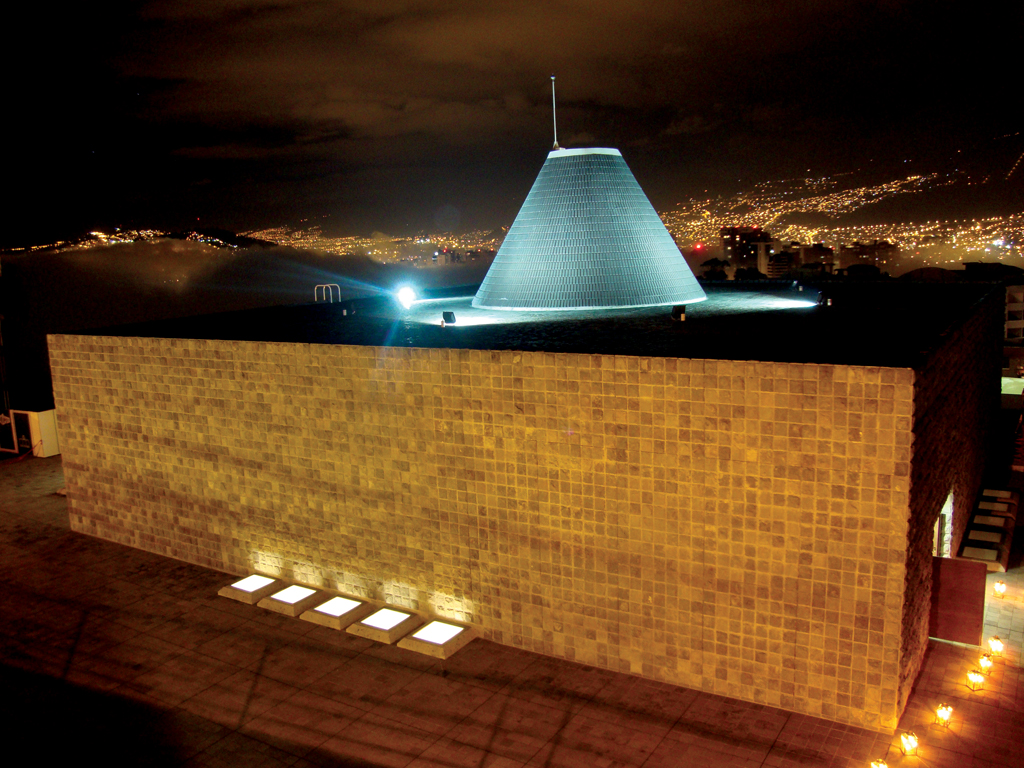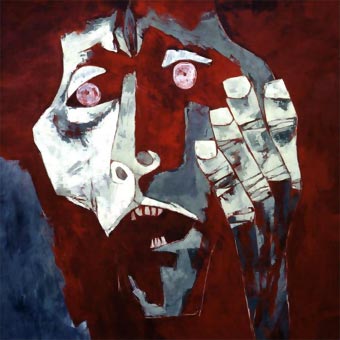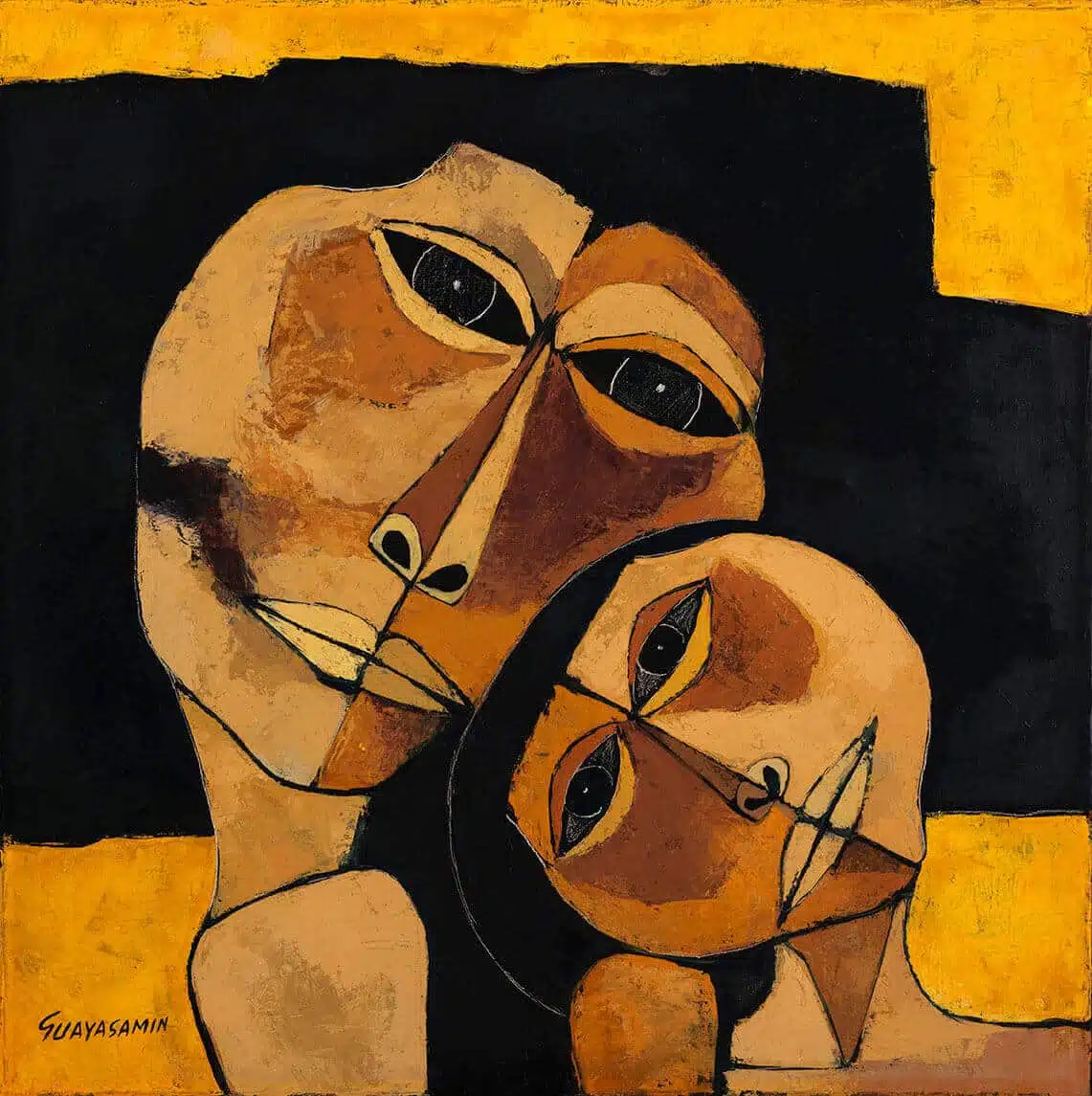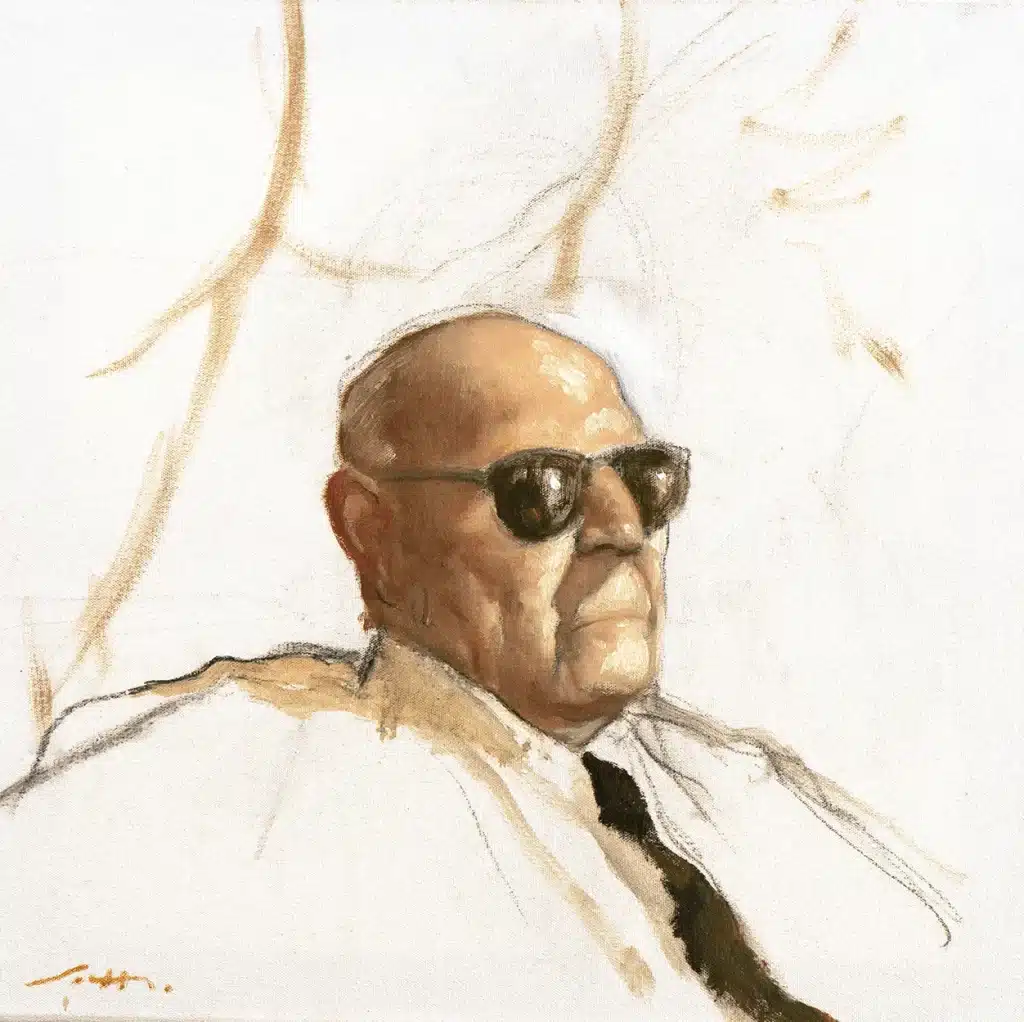Oswaldo Guayasamín (1919-1999) was a Ecuadorian artist whose emotive paintings and sculptures delved into the core of the human experience. Characterized by bold colors and distorted figures, his artworks reflecting and denouncing social and political problems. His legacy endures, shaping contemporary art globally by inspiring artists to explore the profound complexities of the human condition.
His art was mostly characterized by its intense expressionism, capturing the human condition in its various facets. His paintings often depict the anguish, suffering, and resilience of humanity, reflecting the tumultuous times he lived through.

Acrylic on canvas
122 x 122 cm
48 1/8 x 48 1/8 in
Guayasamín’s influence extends internationally, as his art resonates with audiences who recognize the universal themes he addresses. His legacy is evident in the way contemporary artists continue to explore the human experience through emotionally charged and socially relevant works. The impact of Guayasamín’s lies not only in its artistic brilliance but also in its ability to provoke thought, inspire change, and foster empathy—a testament to the enduring power of art to shape the world.
One of Guayasamín’s most renowned contributions to contemporary art is the creation of the “Capilla del Hombre” (Chapel of the Man) in Quito, Ecuador. This museum, designed by the artist himself, houses a vast collection of his works and serves as a testament to his commitment to social justice. The Chapel stands as a symbol of hope and a call to action against oppression and inequality.

The meaning of Guayasamín’s paintings
In one of his iconic series, “La Edad de la Ira” (The Age of Wrath), Guayasamín masterfully portrayed the anguish and suffering of the human condition, presenting distorted and contorted figures submerged in the chaos of conflict. The expressive intensity of pieces like “Tragedia” (Tragedy) and “La Desesperación” (Desperation) serves as a visceral reminder of the brutality of warfare.

Contrastingly, the series “La Edad de la Ternura” (The Age of Tenderness) unveiled a softer dimension of Guayasamín’s artistic prowess. This series focused on familial relationships and the vulnerability inherent in human connections. Works like “La Madre” (The Mother) and “Los Niños” (The Children) showcased his ability to infuse tenderness into his art while maintaining a keen awareness of the fragility of life.

Oil on canvas
75 x 75 cm
29 1/2 x 29 1/2 in





